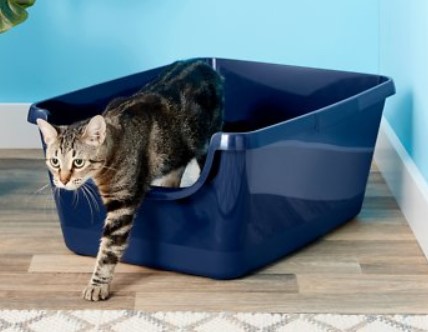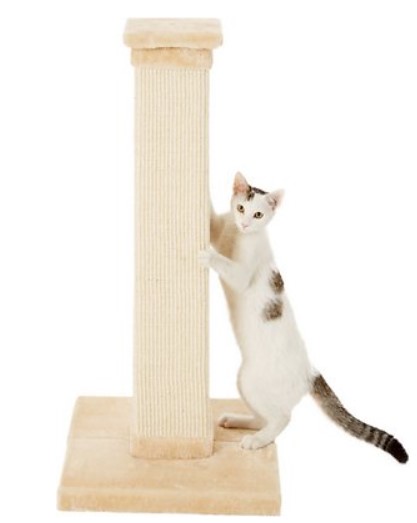The Litter Box – Do’s and Don’t’s
As you may have noticed, litter boxes come in a variety of styles and sizes. But which litter box is right for your feline child?
Let’s start with the size. This is just a general rule. The litter box should be least one and one half times as long as your cat, not including the tail. The width should be at least the length of your cat without the tail extended. There should be plenty of room to comfortably turn, dig and step around previous deposits. It’s important not to have a litter box that’s too small. This can cause a lot of stress and can lead to behavioral problems. The sides should be 5 – 7 inches tall, but if you’ve got a cat that kicks, sprays or is just has bad aim, you might want to go with a box that has 8 – 12 inch sides.
Now, to cover or not to cover. Covered or hooded litter boxes are great from a human perspective. For cats, though, maybe not so much. Humans may find a covered litter box quite appealing because it cuts down on the odor in the room and it looks nicer. But for a cat, the odors inside a covered box are much stronger unless the box is cleaned often.
 You may think your cat likes the privacy of a covered litter box, but cats actually prefer safety over privacy. Cats like to look at their surroundings while they are eliminating so they can see any possible danger approaching. This becomes more important in a multi-cat house or one with dogs or children. If you have a single cat and no other critters in the house, a covered box might work.
You may think your cat likes the privacy of a covered litter box, but cats actually prefer safety over privacy. Cats like to look at their surroundings while they are eliminating so they can see any possible danger approaching. This becomes more important in a multi-cat house or one with dogs or children. If you have a single cat and no other critters in the house, a covered box might work.
A covered litter box usually does keep less litter from ending up outside the box. A good alternative is to buy a litter box with higher sides.
Whatever litter box you decide to buy, clean it by scooping as often as you can (at least twice a day) and you will make your cat happy.



